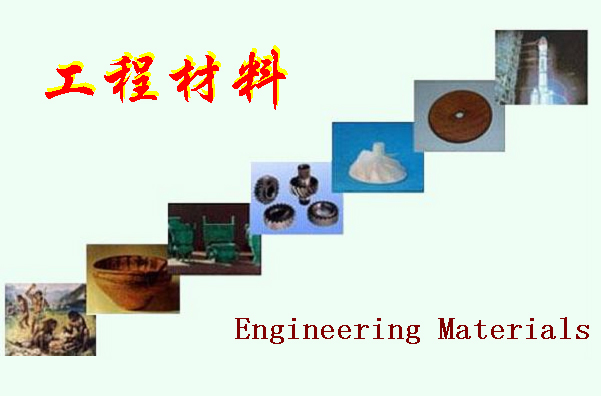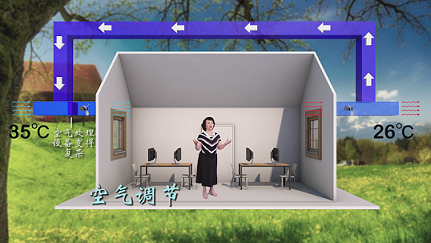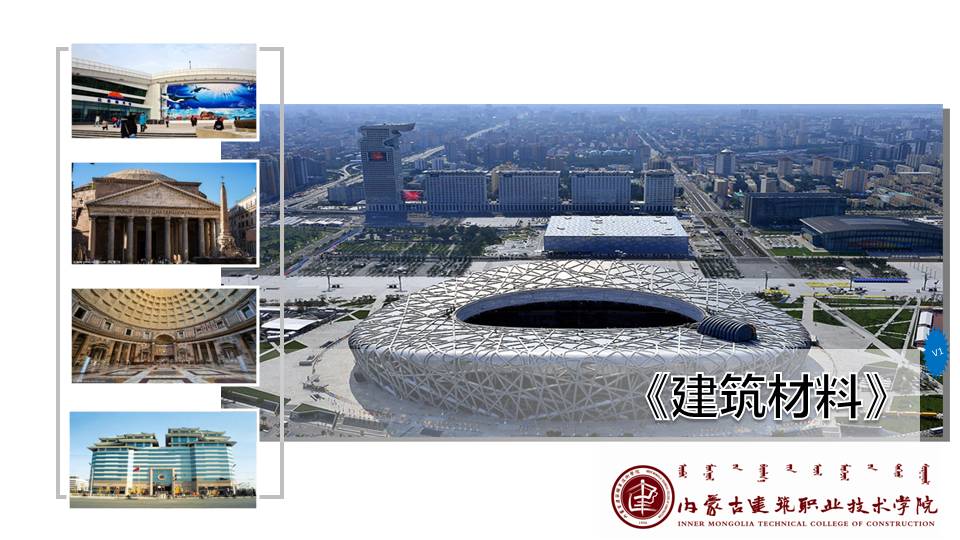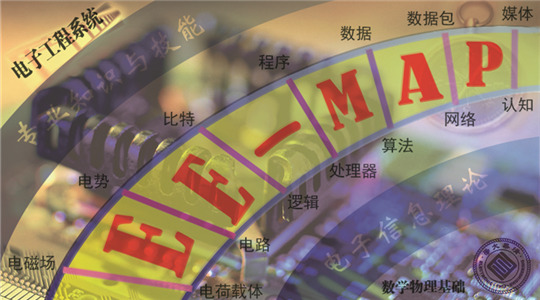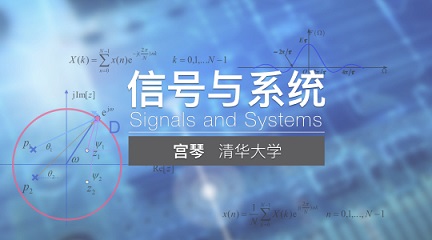
当前课程知识点:Introduction of New Structural Regional Economics > 1.An Overview of China's Economic Development: The Origin of NSRE > 1.1.3 Economic catch-up of the central and western China > 1.1.3 Economic catch-up of the central and western China
返回《Introduction of New Structural Regional Economics》慕课在线视频课程列表
返回《Introduction of New Structural Regional Economics》慕课在线视频列表
大家好
欢迎大家学习
新结构区域经济学导论
本节课
我们继续学习第一章第一节
上一节课我们了解了胡焕庸线
两侧的人口分布情况
是否因为这样一条线的分割
使得中国的中西部地区
经济发展受到限制呢
那么下面我们就来一起看一下
中西部地区的经济赶超的成效
诚然,从人口分布的角度来看
一个经济社会的发展规律是非常重要的
但它并不是全部
如果仅仅从人口分布的空间格局来看
不足以完全反映中国经济发展
如右图所示
从经济发展规模来看
胡焕庸线以西地区经济总量
与东部地区经济总量的绝对差距
的确是在逐步扩大
那么特别是在2000年以后,差距越来越明显
2018年 东部地区人均GDP为96,000元人民币
而中部和西部地区的人均GDP
分别为51,000元人民币和49,000元人民币
可见在胡焕庸线两侧的确存在显著的绝对差距
那么,从经济规模可以反映出
胡焕庸线两侧的经济发展真实差距吗
或者 这样的差距 是不是表明
中国的中西部地区的经济不可能实现赶超呢
那么进一步
我们可以从经济增长率的角度来去看一下
我们通过右边这幅图可以看出 近年来
胡焕庸线以西的中西部地区经济增长速度
开始逐步超过东部地区
这表明中国的中西部地区
它的经济社会发展态势
相对来说是比较好的
大家知道 随着经济增长速度的提升
两个地区之间这种经济差距将会逐步缩小
那么右图中的橙色和灰色的曲线
分别代表胡焕庸线以西的中部
和西部地区的平均经济增长速度
我们发现在2010年以后
他们的经济增长速度保持在7%以上
平均来看,超过东部地区一个百分点
如果可以按照该经济增长速度持续发展
中西部地区肯定会表现出
一种追赶的趋势
进一步
我们由中部、西部和东部地区人均GDP的比值
可以发现中西部地区人均占东部地区的
相对份额先降低后增加
具体来看
1990年西部地区的人均GDP
仅仅相当于东部地区的50%
而2000年
仅仅相当于东部地区的1/3左右
但是我们发现 到2018年
西部地区的人均GDP开始快速增加
人均GDP已经达到东部地区的55%左右
这说明中西部地区的经济增长
的确表现出了一定的追赶效应
更进一步 我们还可以从经济效率的变化
更进一步 我们还可以从经济效率的变化
来看胡焕庸线以西地区是否存在经济赶超
大家知道 根据新古典经济增长理论
一个地区的经济增长 特别是长期的经济增长
主要是来源于全要素生产率(TFP)的驱动
TFP增长率以及对经济增长的贡献度
将决定地区之间未来的经济差异
那么通过右图 我们可以很直观地看到
颜色越深表示TFP增长率越高
从1978年到2013年平均增长率来看
中国的中西部地区经济效率的变化
整体上高于东部地区
这表明
胡焕庸线以西的中西部地区
整体的增长速度将逐步超过东部地区
这是中西部地区经济增长
十分重要的潜在力量
另一方面
从产业结构变化的角度也可以得到类似的结论
这一幅图
向我们展示了第一产业TFP变动的地区差异
胡焕庸线以西的地区
TFP年平均增长率约为2.21%
那么它对第一产业
经济增长的贡献率达40%以上
这实际上与东部地区的差距是非常小的
也就是说
如果西部地区
可以以该TFP增长率保持经济增长
它与东部地区的这种相对差异
至少不会扩大
而从第二产业来看
我们知道
第二产业是支撑一个区域发展的重要产业
对于第二产业而言 从1978年到2014年
胡焕庸线以西地区的TFP
年平均增长率达到3%以上
它对经济增长贡献率为25.7%
远远超过东部地区
因此值得注意的是
虽然目前西部地区的经济规模
仍然是落后于东部地区
但是它的TFP增长率和贡献率
已经开始超过东部地区
这就意味着它的潜在增长率将会逐渐赶超东部地区
进而它的经济规模与东部地区的绝对差距
可能会出现进一步的缩小态势
当然 从第三产业来看
我们不否认在胡焕庸线以西地区
由于经济发展阶段的限制
TFP年平均增长率确实比较低
对经济增长的贡献率也相对较低
这一TFP的增长率
与东部地区差距是比较大的
但是反过来看
如果说中西部地区的第三产业TFP
能够有一定的提升
将再次极大的推动
东部和中部、西部经济差距的缩小
因此通过本节课的学习 我们发现
虽然中国在自然地理格局上
存在一条非常显著的胡焕庸线
并且这条自然地理分界线限制了中国整体
特别是中西部地区的经济社会发展
但是我们发现中西部地区的经济社会发展
仍然表现出一定的赶超成效
这就说明 从长期来看
自然地理环境的影响可能会逐步降低
甚至消失
这也是为什么中国可以在1978年以来
连续保持40多年的高速增长
最后 这是本节课所要介绍的一些参考文献
感兴趣的同学可以关注
好 以上就是本节课的主要内容
希望通过本节课的学习
大家可以了解这样一条神奇的线——胡焕庸线
当然 通过本节课的学习 我们知道
中国在一定程度上
正在逐步的突破胡焕庸线
那么为什么能够突破这条线
并且带来中国的连续的增长繁荣
这与中国的区域发展战略密不可分
这将是我们下节课要介绍的内容
谢谢大家
-1.1.1 China's Physical Geography
--1.1.1 China's Physical Geography
--1.1.1 Test
-1.1.2 Hu Line
--1.1.2 Test
-1.1.3 Economic catch-up of the central and western China
--1.1.3 Economic catch-up of the central and western China
--1.1.3 Test
-1.2.1 Overview of China’s economy
--1.2.1 Overview of China’s economy
--1.2.1 Test
-1.2.2 Coastal special economic zones in China
--1.2.2 Coastal special economic zones in China
--1.2.2 Test
-1.2.3 Western Development strategy in China
--1.2.3 Western Development strategy in China
--1.2.3 Test
-1.2.4 Northeast China Revitalization Plan
--1.2.4 Northeast China Revitalization Plan
--1.2.4 Test
-1.2.5 Rise of Central China Plan
--1.2.5 Rise of Central China Plan
--1.2.5 Test
-1.3.1 Coordinated regional development and main functional area
--1.3.1 Coordinated regional development and main functional area
--1.3.1 Test
-1.3.2 China’s urban agglomeration pattern and the economic effect
--1.3.2 China’s urban agglomeration pattern and the economic effect
--1.3.2 Test
-2.1 Agricultural location theory
--2.1 Agricultural location theory
--2.1 Test
-2.2 Growth Pole Theory
--2.2 Test
-2.3 The Stages of Economic Growth
--2.3 The Stages of Economic Growth
--2.3 Test
-2.4 Pole & Axis System Theory
--2.4 Pole & Axis System Theory
--2.4 Test
-2.5 Center-periphery theory
--2.5 Test
-3.1 Why New Structural Economics
--3.1 Why New Structural Economics
--3.1 Test
-3.2 The Theoretical Foundation of New Structural Economics
--3.2 The Theoretical Foundation of New Structural Economics
--3.2 Test
-3.3 Does New Structural Economics Offer Explanations?
--3.3 Does New Structural Economics Offer Explanations?
--3.3 Test
-3.4 Application for Industrial Policy
--3.4 Application for Industrial Policy
--3.4 Test
-3.5 Does the idea of New Structural Economics work?
--3.5 Does the idea of New Structural Economics work?
-4.1 Regional Externality
--4.1 Test
-4.2 Endowment Structure Transformation
--4.2 Endowment Structure Transformation
--4.2 Test
-4.3 Role Boundary of Facilitating Government
--4.3 Role Boundary of Facilitating Government
--4.3 Test
-4.4 Spatial Optimal Equilibrium
--4.4 Spatial Optimal Equilibrium
--4.4 Test
-4.5 Evolution of Dynamic Spiral
--4.5 Evolution of Dynamic Spiral
--4.5 Test
-5.1 China's Development Experience and OFDI
--5.1 China's Development Experience and OFDI
--5.1 Test
-5.2 Commonness and New Trends of Developing Countries
--5.2 Commonness and New Trends of Developing Countries
--5.2 Test
-5.3 Industrialization of Developing Countries with Special Economic Zones
--5.3 Industrialization of Developing Countries with Special Economic Zones
--5.3 Test
-5.4 Growth Identification and Facilitation Framework (GIFF)
--5.4 Growth Identification and Facilitation Framework (GIFF)
--5.4 Test
-5.5 GIFF in Practice and Case Studies (Nigeria, Benin and Uzbekistan)
--5.5 GIFF in Practice and Case Studies (Nigeria, Benin and Uzbekistan)
--5.5 Test
- 6.1.1 The global competitiveness model and its theoretical basis
-- 6.1.1 The global competitiveness model and its theoretical basis
--6.1.1 Test
- 6.1.2 The Brief introduction of the Theory of County Economic Competitiveness
-- 6.1.2 The Brief introduction of the Theory of County Economic Competitiveness
--6.1.2 Test
- 6.2.1 Situation of the Chinese Counties: Development Stage、Location Characteristics and Natural Res
-- 6.2.1 Situation of the Chinese Counties: Development Stage、Location Characteristics and Natural Res
--6.2.1 Test
- 6.2.2 The other Situation of the Chinese Counties and The Case of Qinyuan Pencil
-- 6.2.2 The other Situation of the Chinese Counties and The Case of Qinyuan Pencil
--6.2.2 Test
- 6.2.3 The County's Development Strategy (comparative advantage) Analysis
--6.2.3 The County's Development Strategy (comparative advantage) Analysis
--6.2.3 Test
-6.2.4 The Other County's Development Strategy (comparative advantage) Analysis and Conclusion
--6.2.4 The Other County's Development Strategy (comparative advantage) Analysis and Conclusion
--6.2.4 Test
-6.3.1 The Case of Jinjiang and Guanling
--6.3.1 The Case of Jinjiang and Guanling
--6.3.1 Test
- 6.3.2 The Case of Qianyang and Changzhi
-- 6.3.2 The Case of Qianyang and Changzhi
--6.3.2 Test
- 6.3.3 The Case of Hotan
-7.1.1 Targeted Poverty Alleviation Strategy
--7.1.1 Targeted Poverty Alleviation Strategy
--7.1.1 Test
-7.1.2 Cases of the Old Revolutionary Base Areas
--7.1.2 Cases of the Old Revolutionary Base Areas
--7.1.2 Test
-7.2 Growth Identification and Industrial Policy: Jilin Revitalization
--7.2 Growth Identification and Industrial Policy: Jilin Revitalization
--7.2 Test
- 7.3.1 The Carrying Capacity of Yangtze River Economic Belt
-- 7.3.1 The Carrying Capacity of Yangtze River Economic Belt
--7.3.1 Test
- 7.3.2 The Development of Yangtze River Economic Belt
--7.3.2 The Development of Yangtze River Economic Belt
--7.3.2 Test
-7.4 Growth Identification and Facilitation: Integration of Yangtze River Delta and High-quality Deve
--7.4 Growth Identification and Facilitation: Integration of Yangtze River Delta and High-quality Deve
--7.4 Test
-Final examination
